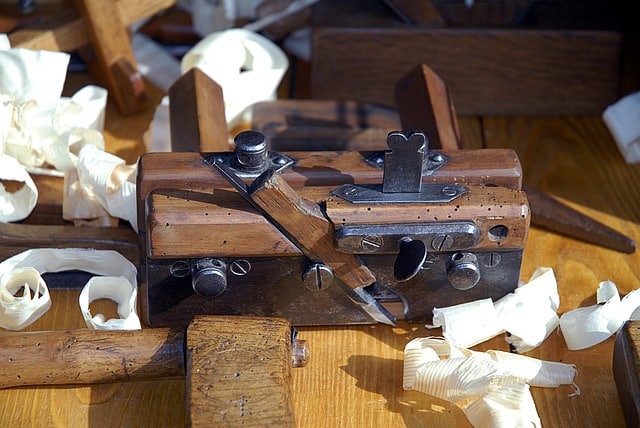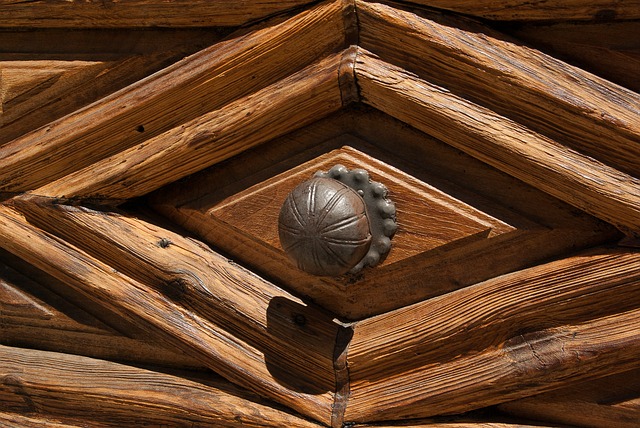
Cabinetmaking uses fine woods and ornate finishes
Cabinetmaking is the activity and workshop of a cabinetmaker . A cabinetmaker, meanwhile, is known as an individual who is dedicated to working with ebony and other types of fine wood .
Joinery and carpentry
Joinery can be associated with carpentry . While the carpenter works with common woods, the cabinetmaker works with fine woods. But both are dedicated to the development of pieces of furniture, structures and other products made with wood.
On a general level, cabinetmaking produces more elaborate ornamentation compared to carpentry. Cabinet makers are artisans with great mastery of their art , who are committed to creating pieces of refined design and maximum quality.
The raw material
Ebony is a wood with white and black bark in its central part. It is obtained from trees of the Diospyros genus and stands out for its density and texture.
Originally, then, cabinetmaking consisted of the craft of creating furniture from ebony . The concept later expanded to include other fine woods.
It is important to mention that, due to the high cost of raw materials, cabinetmaking often involves working with ordinary wood that is covered with a sheet of fine wood. This is how veneered furniture arises.
an art
Cabinetmakers often use fine-toothed saws, planing blades, planes, and other tools to produce their works. Beyond the final result of the work , they aim to minimize the waste of raw materials.
Several of the best fruits of cabinetmaking are exhibited in museums and palaces . This art crossed eras and styles, updating itself without losing its essence.
Your story
Since the beginning of this art, ebony has been a very expensive type of wood, but in the past it was more difficult to obtain than it is today . It was usually obtained in Corsica, an island belonging to the French Republic, and in the north of the African continent. As has happened in other areas, the difficulties and limitations, which in this case are due to economic issues and natural resources, represented a challenge that led to an extreme use of creativity to give rise to creations worthy of admiration .
As early as the 17th century, many cabinetmakers began using stained woods instead of ebony. Thus, the concept of cabinetmaking changed, to become more flexible in terms of raw materials: instead of limiting itself to a single type of wood, it allowed a larger number, as long as they were "valuable" , and also the possibility of that were covered with other elements, such as ceramic plates, precious stones, metal appliqués or lacquered panels .
In the 16th century, materials such as mother-of-pearl and ivory, tempera paintings, bone appliqués, and silver and gold reliefs, among other features, were incorporated. One hundred years later, veneered furniture emerged, which consisted of placing thin sheets of precious wood on a soft wood body.

Some old works exhibit beautiful finishes
ancient examples
It is important to note that we do not have many ancient works of this art, but we must settle for the few archaeological finds and some pictographic representations that show the existence of cabinetmaking in ancient times. Ancient Mesopotamia is where we can find the oldest works, among which the furniture made for the royal families of the 8th and 7th centuries BC stands out. c.
In Egypt we can see some cedar furniture decorated in ivory and ebony . In Greece, gold and silver were added to these materials, as seen in chairs, beds and stools . The ancient Romans took advantage of cabinetmaking to make the triclinium , a bed to lie down to eat, and other furniture of considerable luxury.
